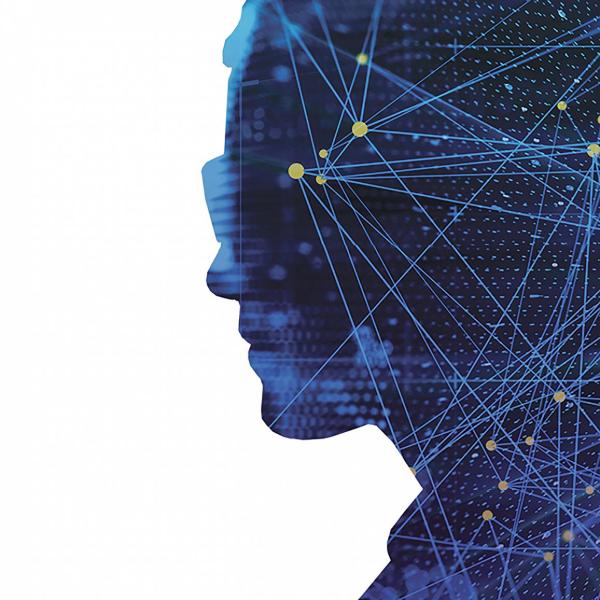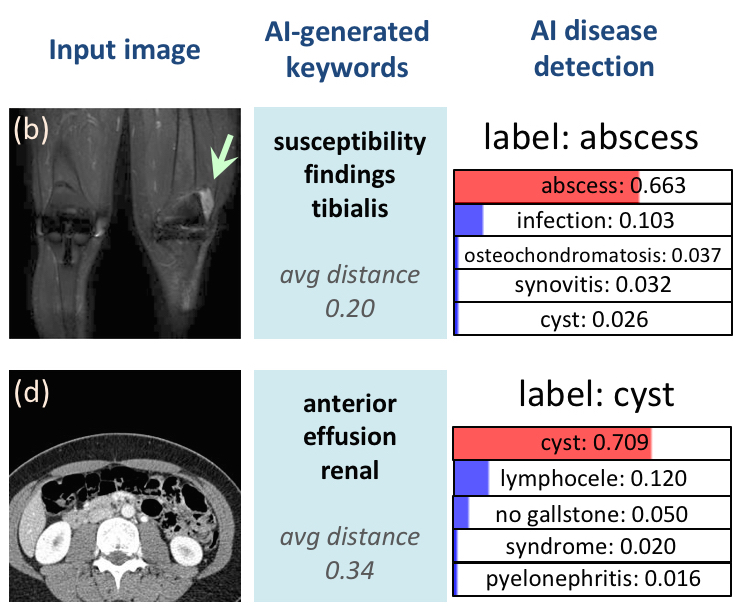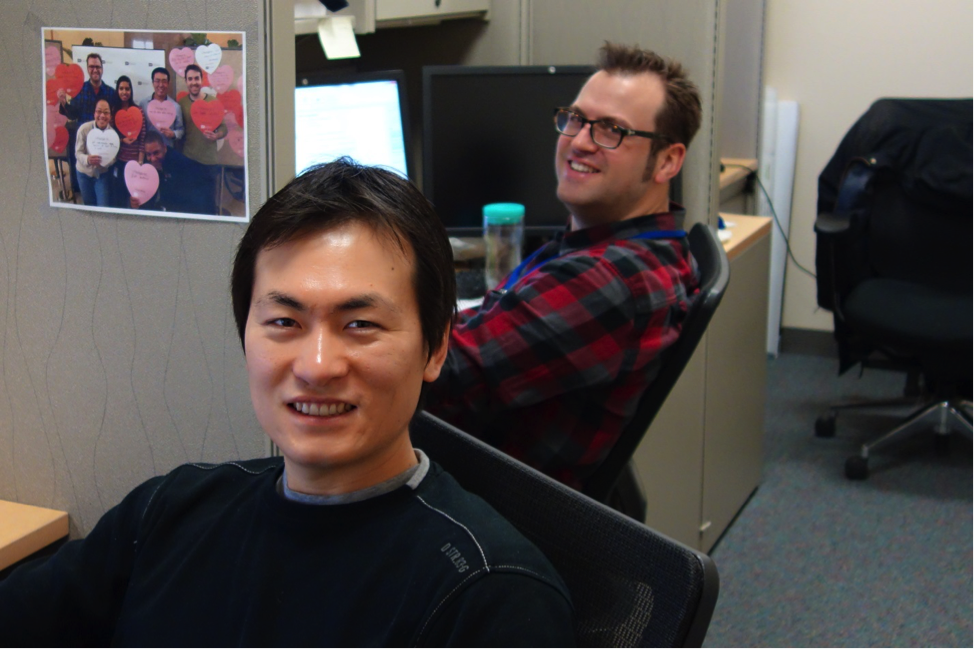Doctor Data: How Computers Are Invading the Clinic
For most of their history, computers have been limited to mindlessly executing the instructions their programmers give them. However, recent advances have given rise to the intertwined fields of artificial intelligence (AI) and machine learning, which focus on the creation of computer programs that can operate independently and even teach themselves to perform specific, specialized tasks. In 2013, the online PubMed database listed only 200 research publications related to ‘deep learning,’ a new type of machine learning that has shown success for particularly difficult tasks like object and speech recognition. Just four years later, in 2017, that number exceeded 1,100.



